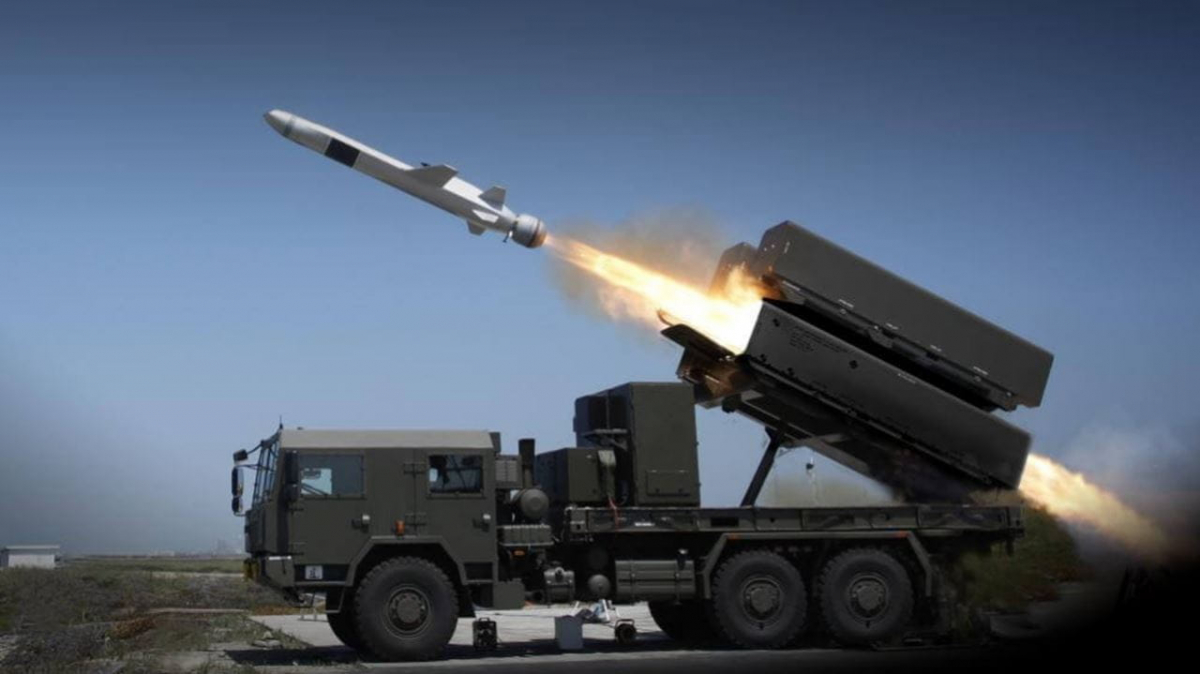Raytheon Missiles & Defense has been awarded a $209 million FMS contract to supply Romania with NSM anti-ship and land-attack missiles designed and produced by Norway's Kongsberg Defence & Aerospace.
Anti-ship missiles for Romania in the face of the Russian threat
Located near the conflict between Ukraine and Russia, following the invasion of the former by the latter in February 2022, Romania is gradually equipping itself with defense materials and equipment. Raytheon Missiles & Defense has just been notified by the U.S. Navy of an order for Naval Strike Missile Coastal Defense System (NSM) missiles, as part of an FMS contract for Romania. The contract is worth nearly $209 million, with deliveries to be completed by September 2028. The contract includes options that, when exercised and turned into firm purchases, will bring the order to $217 million.
A coastal defense version already acquired by Poland
Designed and produced by Norway's Kongsberg Defence & Aerospace, the NSM missile was sold to the US Navy, which is equipping its Independence and soon-to-be-Constellation class frigates with it in exchange for an industrial subcontract to Raytheon Missiles & Defense. The Norwegian missile manufacturer has also developed a coastal defence version, already acquired by Poland in 2013, with the aim of eventually launching 48 missiles. Except that this version is not in service with the U.S. Navy.
A range of at least 185 km
With a range of at least 185 km (100 nautical miles), the NSM is studied for both scenarios taking place in shallow waters and for attacks in the open sea. Like its predecessor the Penguin, the NSM is also capable of flying over and around terrain features, flying low over the water and performing random maneuvers to deceive its target's defense systems in its final attack phase. While the Penguin rotates around its yaw axis to steer, the NSM tilts on the wing to do so, similar to an aircraft.
The technology employed for target selection provides the NSM with advanced independent target detection, recognition and discrimination capabilities at sea or on shore. This is achieved through a combination of an infrared imaging seeker and a database that accurately describes the target embedded in the missile's internal memory. The NSM is able to navigate with reference to GPS, inertial navigation and TERCOM. After being propelled into the air by a solid-fuel gas pedal, which is jettisoned after being consumed, the missile is propelled toward its target by a turbojet engine Microturbo TRI 40. It then delivers its 125 kg multiple-use payload to its target, impacting it just above its waterline.
Découvrez cet article sur Air&Cosmos

